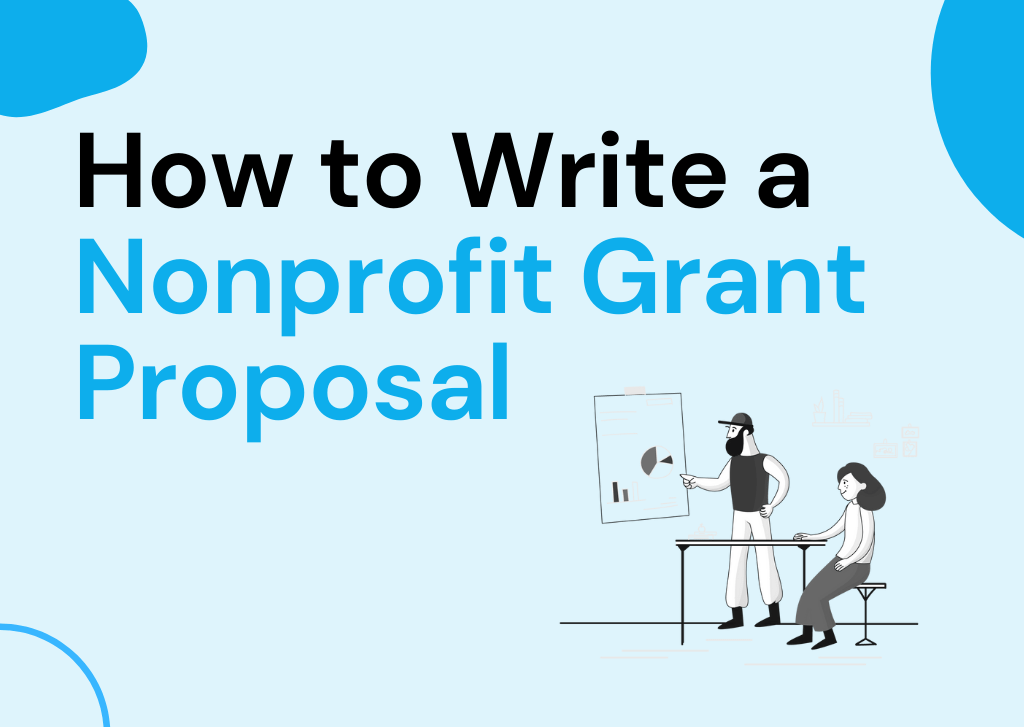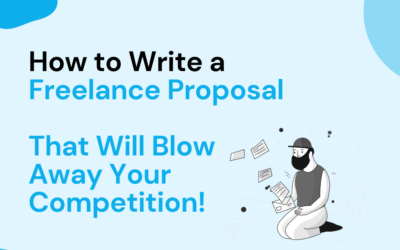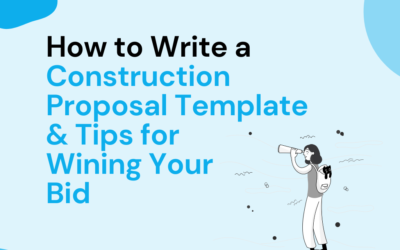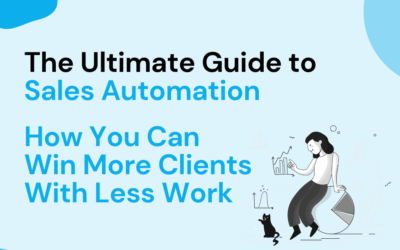Doing the right thing is hard. Not morally, of course, but financially. Chances are your non-profit organization has a project it wants to get off the ground, but you can’t find the cash to do it. The solution? Grants! There are billions of dollars in unused grant money available — the only thing between you and your mission is a grant proposal.
Grant writing is equal parts method and madness (technical and creative), and getting it right could mean the difference between success and failure. In this comprehensive guide, we’ll break down everything you need to know about writing grant proposals for your non-profit.
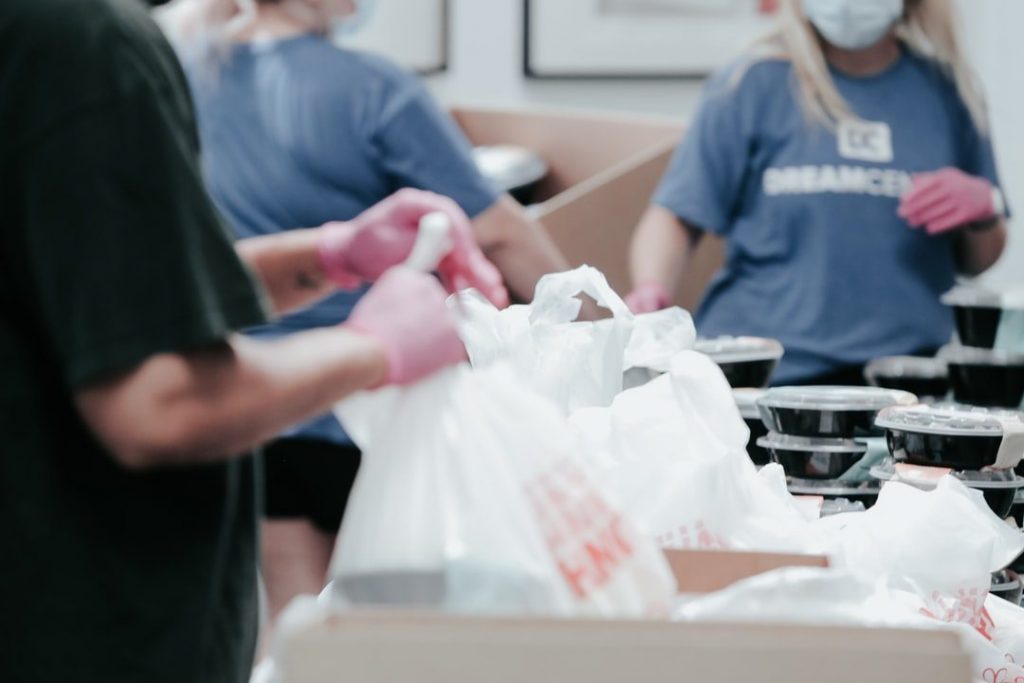
What Are Grants?
A grant is any kind of contribution or subsidy (typically cash) given to a recipient, such that they can use it for a specific purpose. Grantors are organizations or individuals that give out these contributions, often to nonprofit organizations.
Grants are usually awarded to groups that fit certain criteria or focus on specific demographics and issues. For example, the San Diego government may award a grant to nonprofit organizations that provide daycare for marginalized children. Alternatively, the humane society may have a series of grants for animal shelters specifically.
However, grants aren’t simply awarded to nonprofits by default — they need to apply first.
What Are Grant Proposals?
A grant proposal is simply a detailed request for grant money, typically submitted by a nonprofit organization. This proposal will describe why the grant is being requested and how the funds will be used. Grant writing refers to the skill of creating grant proposals that secure monetary funding for organizations that need it.
Although billions are granted annually by governments and organizations around the world, grant-seeking is still highly competitive. Newer organizations (or ones that have never sought funding before) will find it incredibly challenging to differentiate themselves among the thousands of other nonprofits. Luckily, we’ve aggregated some tips to help you stand apart.

Tips for Preparing a Winning Nonprofit Grant Proposal
Grant writing can seem overwhelming, but there are several steps you can take to ensure you’re putting your best foot forward:
- Make your grant proposal highly customized. With so many funders available, it’s tempting to create a generic proposal and send it to as many grantors as possible. This is the wrong approach. Your reviewer will be able to tell it’s a generic application and assume you’re not treating their grant as a priority. The better option is to be highly selective of which grants you apply to — ensure they align with your values and mission before allocating time towards a grant proposal.
- Leverage data and statistics to prove your points. A beautiful story about your organization’s human impact will likely earn a donation — but it may not earn a grant. Funders want to ensure their nonprofit grant money is being used to its fullest, so they’ll prioritize organizations that can quantifiably prove their efficacy.
- Use past winning grant proposals as exemplars. Many winning applications of the past have been posted on funder and recipient websites. Analyze these proposals and try to incorporate their best features into your submission. To diversify your learnings, look at winners of both public and privately-funded grants.
With those tips in mind, you’re ready to write a winning nonprofit grant proposal!

How to Write a Nonprofit Grant Proposal
Note that these sections are loosely in order, but feel free to make alterations at your discretion:
Letter of Inquiry
Before you start developing a fully-fledged grant funding proposal, establish a rapport with the funders through a letter of inquiry. This is simply a request for an application you send in before the actual grant.
The goal of a letter of inquiry is to draw the grantor’s interest, so include specific examples, quantifiable data and statistics, and a comprehensive overview of your proposed project. Keep this letter under two pages if possible, as the grantors will request a more comprehensive grant funding proposal if they’re interested.
Cover Letter
Your cover letter explains your organization’s mission and specific request, including the precise amount of money you need. Include novel information in the cover letter instead of simply summarizing the proposal. Your cover letter is an opportunity to demonstrate that you understand the grantor’s goals beforehand and how your project helps meet them.
Some quick tips for drafting your cover letter:
- Forget ‘To Whom It May Concern’ — find out the name of the person who will read your proposal and address your letter to them.
- Ideally, your cover letter is no more than one page long.
- Ensure you’ve included a statement of approval from your organization’s board.
Executive Summary
The executive summary is a crucially important part of your grant writing process. Aside from your cover letter, this is likely the part of your proposal that reviewers will look back to most often. Your proposal summary should include all the necessary background your grantors could need:
- Background on your organization and your mission.
- The problem you’re addressing.
- An explanation for why your program or project is the right solution.
- Your funding plan, including how much money you’re requesting and other sources of capital.
- A general time frame or deadline for the endeavor.
- Your anticipated outcomes from the project.
Remember to use numbers, dates, and statistics to emphasize your points.
Organization Overview
You can add an organizational overview here at the beginning or later on in the proposal. This section mainly offers some insight into your nonprofit and explains why your team is the best to take on this project.
- Include details about your volunteers, board members, and administration.
- Highlight the organization’s past successes, mission, and credibility.
- Use stories to illustrate your trustworthiness and uniqueness among the other nonprofit grant applicants.
Statement of Need or Problem Statement
This is your opportunity to get into the weeds of the problem your organization is trying to solve. Identify the key stakeholders:
- Who is involved?
- Who will benefit?
- How will your project impact them?
- Why is your organization the best one to implement it?
It can also be helpful to illustrate counter-examples: what will happen if your project doesn’t get funded? How will stakeholders be affected? Use statistics to create a sense of immediacy and credibility in the reader.
Goals, Objectives, Outcomes
In this section, you should outline the goals and objectives your organization is setting for the program. Ensure your outcomes are quantifiable and measurable. It will also show foresight and preparation if you establish some key metrics you can measure your progress against when the project initiates.
Your objectives should connect to a specific stakeholder or something you discussed in your statement of need. Some language you may wish to borrow includes:
- Increase
- Reduce
- Improve
- Protect
- Achieve
Borrowing frameworks from the corporate world like OKRs and KPIs is also an excellent strategy.
Methods, Strategies, Program Plan
Now it’s time to talk about execution. You’ve laid out your reasoning, stakeholders, and goals — time to talk about the plan’s design. It’s crucial that your strategies for doing so are concise, clear, and map directly to your objectives.
Cover all your bases:
- Justify your methods — why this way over another?
- Describe the things you’ll need — that includes supplies and equipment.
- Select the talent — who precisely will be executing on each of the strategies?
- Lay down a timeline — how long will the method take, and how does it fit into the overall schedule?
This section is the bread and butter of your proposal, so spare no detail.
Evaluation Plan
You may have already discussed how you’ll measure your progress in the objectives section, but this is where you elaborate. Grant reviewers emphasize this section, so make sure to give it extra care.
You’ve already talked about what you’ll be tracking — now, talk about how you’ll track it. This includes software, data collection methods, check-in schedules, and more. Describe the data and records you plan to measure as proxies. You must map this section to your objectives, so make that connection very clear.
Program Budget Projection
Time to talk money. This is the part of the proposal where you lay out your projected budget for the program. Include details about the expenses you’ll need to take on (contractors, supplies, equipment) as well as your other sources of funding (donors, other organizations, government programs).
You’ll probably go over a few different kinds of expenses in the grant writing process:
- Administration expenses
- Personal expenses
- Overhead costs
- Personnel and volunteers
As long as you justify each expenditure, you’re in good shape. Ensure your numbers are all up to date and include all needed financial or tax documents.
Project Impact and Sustainability
Every well-written grant application ends with a look towards the future. The funders want to know that their grant will have a lasting impact and that the project can continue beyond the grant period. As a grant writer, you can demonstrate strategic thinking by putting forth a plan that covers:
- Strategies to acquire future funding.
- Talent and personnel to hire moving forward.
- Realistic methods to put these ideas into motion.
Done well, this section could open the door to sustained funding in the future, so make sure you enter grant writing overdrive.
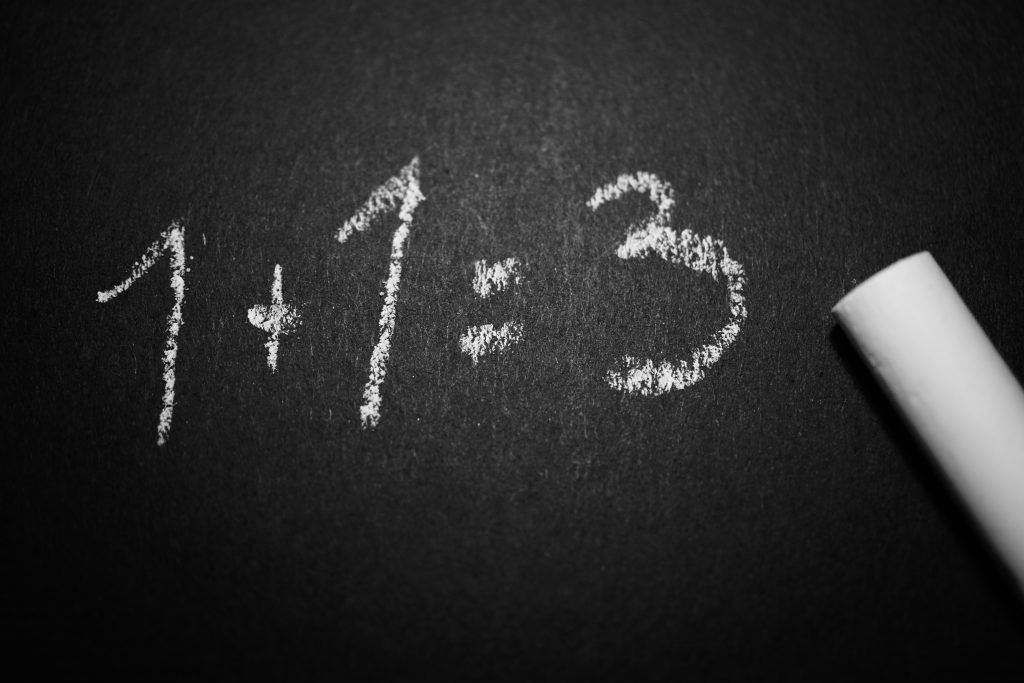
Common Mistakes in Grant Writing
Grant writing is equal parts art and science, so errors are abundant. Here are three common mistakes you should avoid when putting together a nonprofit grant application.
1. Cold submitting a grant proposal
If someone sent you a twenty-page document with absolutely no build-up, would you read it? For most people — including grant reviewers — the answer is no. That’s why it’s so essential to establish a rapport in advance with a letter of inquiry. Grant writing is challenging: the last thing you want is to spend weeks building a proposal only to have no one read it.
2. Overlooking the funder’s requirements
The sections we’ve laid out for you here are simply meant to guide the grant writing process. Your grantor might have a word limit on specific areas, or require different sections not listed here. Read the application terms well — even better, reach out to a representative from the organization to determine details around deadlines, page limits, and format requirements.
3. Overloading with detail
Your proposal should be comprehensive and well-researched. But that doesn’t mean it has to be bloated and confusing. Avoid using industry jargon and overly technical terms — your grant application will be read by other humans, and they may not be familiar with your industry. Ideally, someone with no knowledge of your organization or the problem should be able to understand your grant application.
Start Writing a Winning Grant Proposal Today
Let’s face it: grant writing is hard work, and without the right data and templates in place, it can be even harder. Luckily, that’s where Pure Proposals steps in — whether it’s a partnership query, a business expansion plan, or an investment document, we’ve got you covered. At Pure Proposals, our goal is to remove inertia from the business process so that you can focus on what you love: the work.
Curious to learn more?
Need Help with PandaDoc?
If you’re stuck, need advice, or don’t know where to begin with PandaDoc, let’s chat.
Frequently Asked Questions
How long is a typical grant proposal?
Full proposals should be comprehensive, so they can range from five to twenty-five pages long. That being said, don’t add material just to meet a word count — the application should contain only the necessary narratives and details, no fluff.
What makes a great grant proposal?
All great grant proposals leverage a combination of data, statistics, and storytelling. Remember, grant writing is a mix of science and art. They should also be concise, easy to understand, and straight to the point.
How do I make my grant proposal stand out?
Your competitors will likely overlook essential sections like the Evaluation Plan or Project Sustainability in favor of meatier areas like the Problem Statement and Program Plan. Avoid this mistake by giving care and attention to every single section.

